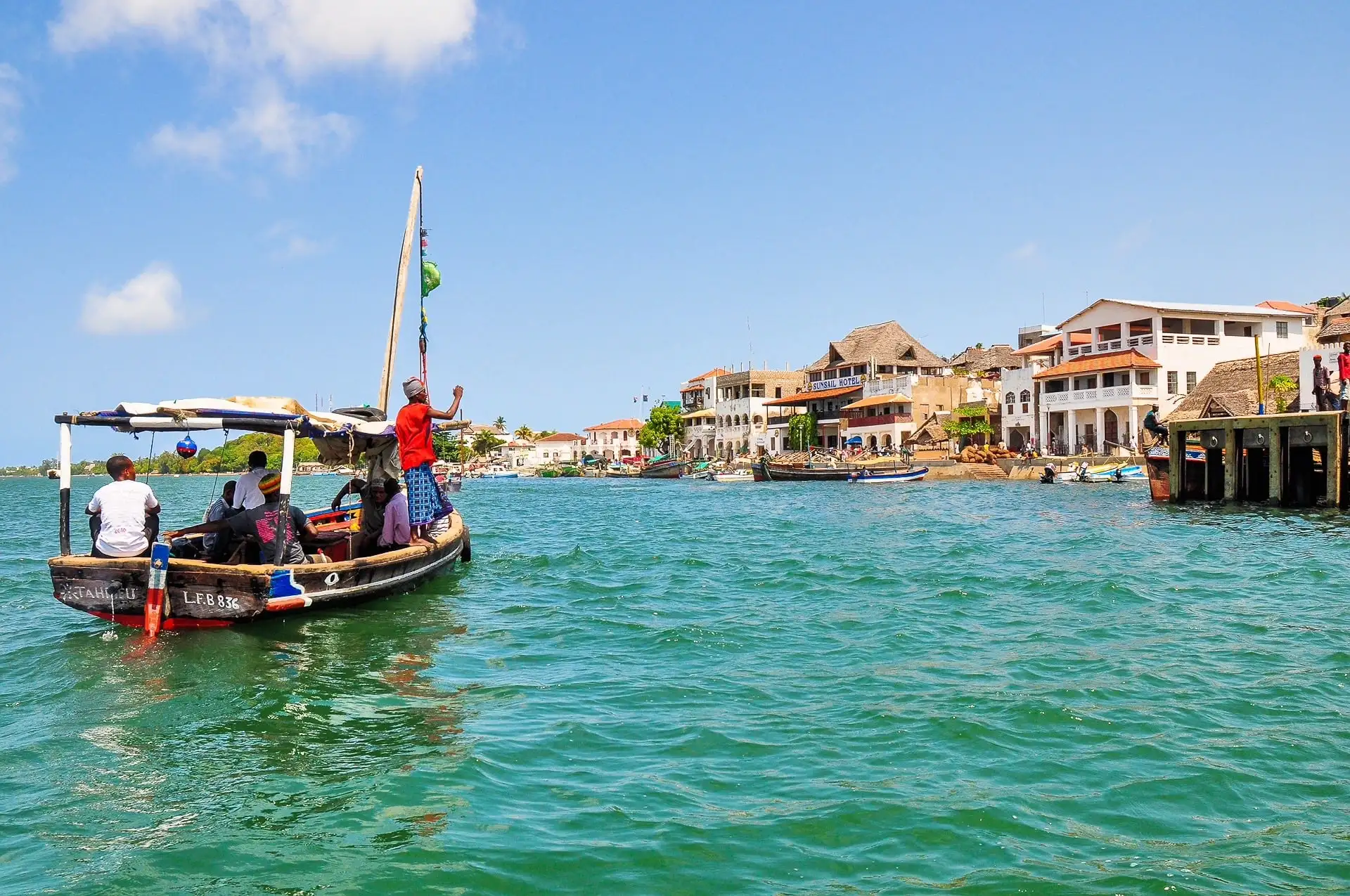
The Ultimate Guide to Planning a Safari in Kenya: Tips, Timing & Tours
Introduction: Why Kenya?
A safari in Kenya is more than a holiday—it’s an encounter with the wild in its purest form. From the predator-rich plains of the Maasai Mara to the elephant kingdom of Amboseli, and from the flamingo-dotted Rift Valley lakes to the rugged Samburu, Kenya offers unmatched diversity.
But planning a safari can feel overwhelming. When should you travel? What should you pack? Which parks are right for you? This guide answers all those questions, helping you prepare for a once-in-a-lifetime adventure with Catman Tours & Travel Ltd.
When to Visit Kenya for Safari
- Dry Season (June–October): The most popular time for safaris. Wildlife congregates around waterholes, and the Great Migration peaks in July–September in the Maasai Mara.
- Green Season (November–March): The rains bring lush landscapes, fewer crowds, and an abundance of newborn animals. It’s also a fantastic time for birdwatching.
- Shoulder Months (April–May): Known as the long rains. Some camps close, but photographers love the moody skies and dramatic scenery.
For more details on timing, explore our Destinations page.
Top Safari Parks in Kenya
- Maasai Mara National Reserve: Best for big cats, the Great Migration, and breathtaking open plains.
- Amboseli National Park: Famous for its elephants and Kilimanjaro backdrop.
- Samburu National Reserve: Known for unique species like Grevy’s zebra and Somali ostrich.
- Lake Nakuru & Hell’s Gate: Birdlife, flamingos, and dramatic Rift Valley landscapes.
- Tsavo East & West: Iconic red-dust elephants, lava flows, and rugged terrain.
Choosing the Right Safari Experience
- Luxury Safari: Stay in high-end lodges or tented camps with gourmet dining and top-notch guides.
- Mid-Range Safari: Comfortable lodges and camps that balance adventure with affordability.
- Budget Safari: Group tours and camping experiences for those who want adventure without breaking the bank.
Catman Tours & Travel Ltd tailors itineraries to fit every preference, ensuring every traveler experiences Kenya in their own way. Explore options on our Tours page.
What to Pack for a Safari in Kenya
- Neutral-colored clothing (avoid bright or dark colors that attract insects).
- Light layers for daytime, warm layers for cool mornings and evenings.
- A wide-brimmed hat, sunglasses, and sunscreen.
- Sturdy shoes for walking safaris or village visits.
- Binoculars and a good camera with extra batteries.
- Personal medication and insect repellent.
- A small daypack for game drives.
Packing smart ensures comfort and keeps your focus on the experience, not the logistics.
Health & Safety Tips
- Vaccinations: Yellow fever (required), plus routine shots like Hepatitis A, Typhoid, and Tetanus are recommended.
- Malaria Prevention: Carry prophylaxis and insect repellent.
- Water: Drink bottled or filtered water; avoid tap water.
- Safety: Safari camps and game drives are secure when you follow your guide’s instructions.
Making the Most of Your Safari
- Be Patient: Wildlife doesn’t follow a script—waiting is part of the magic.
- Go Early, Stay Late: Dawn and dusk are the most active times.
- Respect Wildlife: Keep a safe distance; never feed animals.
- Engage With Locals: Visiting Maasai or Samburu communities enriches your journey.
- Travel With Experts: The right operator makes the difference between a checklist safari and a life-changing one.
Featured Tours to Get You Started
- Maasai Mara Classic Safari – 4 Days
- The Great Migration Spectacle – 5 Days
- Amboseli Giants Escape – 3 Days
- Samburu Untamed Secrets – 4 Days
- Rift Valley Wonders – 3 Days
Find more trips on our Tours page or speak to us directly via our Contact page.
FAQs About Planning a Safari in Kenya
When is the best time to go on safari?
July to October for the Great Migration; November to March for lush green landscapes and birdlife.
How many days should I plan for safari?
At least 4–7 days for one or two parks. 10–12 days if combining multiple destinations.
Are safaris family-friendly?
Yes. Many lodges welcome children and offer family-oriented activities.
Do I need a visa for Kenya?
Most visitors require an e-visa, which can be applied for online before arrival.
Can I combine safari with a beach holiday?
Absolutely. Many guests finish their safari with a few days on Kenya’s coast—Diani Beach, Watamu, or Lamu.
Conclusion: Your Safari Awaits
Planning a safari may seem daunting, but with the right guidance, it becomes the beginning of the adventure itself. Kenya’s parks, people, and wildlife promise an experience that is both thrilling and deeply humbling.
With Catman Tours & Travel Ltd, your journey is not just about ticking boxes—it’s about creating memories that last a lifetime.




